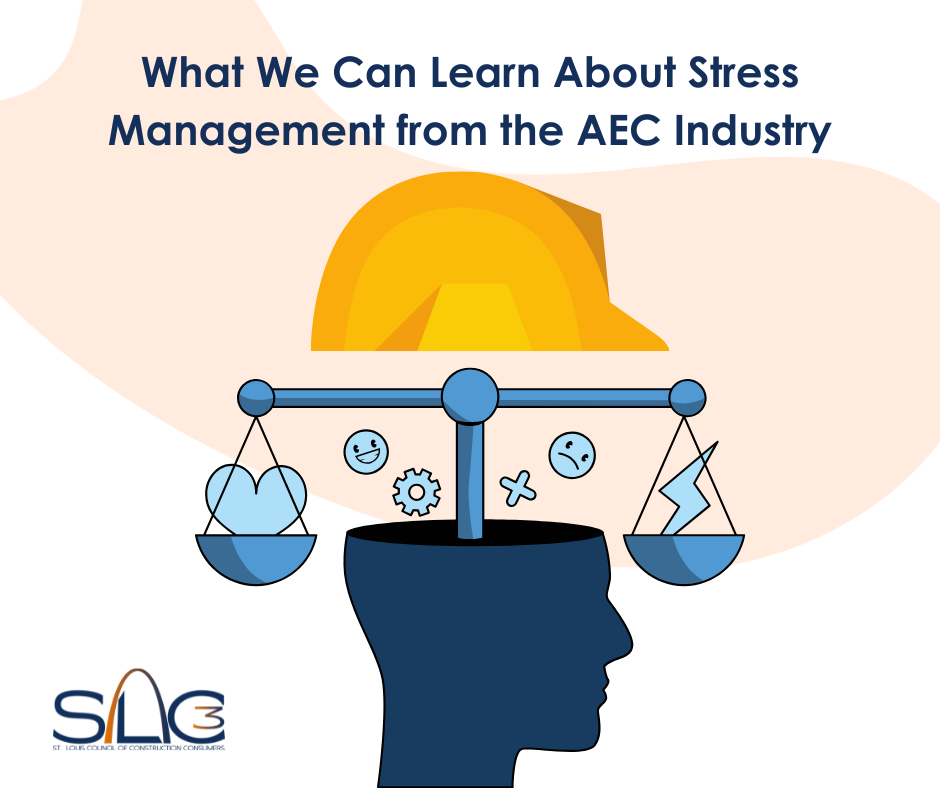The AEC industry is no stranger to high pressure. With complex timelines, tight margins, and constant coordination across disciplines, stress is baked into the work. But within these demanding conditions lie valuable lessons that apply far beyond the jobsite.
As more industries confront burnout, turnover, and shifting workplace expectations, AEC offers real-world strategies for managing stress while staying productive and focused.
Plan with Precision—and Build in Flexibility
In AEC, success starts with a strong plan. Teams break large projects into phases, identify risks early, and schedule with intentional buffers. This structure helps manage pressure before it becomes a crisis.
Lesson: Break big goals into smaller tasks, plan for roadblocks, and leave room for the unexpected. Structured flexibility reduces stress across any industry.
Embrace Team-wide Accountability
In AEC, every discipline depends on the next—designers, engineers, contractors, and trades must align to keep the project moving. That mutual accountability encourages collaboration and shared problem-solving, even in stressful moments.
Lesson: Foster a culture where team members support each other and share responsibility. Stress is easier to manage when it’s not carried alone.
Build Resilience Through Training
AEC professionals train for both technical skill and situational awareness. Whether it’s preparing for emergencies or handling shifting priorities, repeated exposure to pressure—paired with the right tools—builds lasting resilience.
Lesson: Invest in training that equips teams to manage stress, not just react to it. Resilience is a learned skill.
Final Thoughts
The AEC industry thrives in complexity because it knows how to manage it—through planning, communication, collaboration, and care. While every industry has its unique pressures, these AEC-inspired strategies can help anyone navigate stress with more clarity and control.






